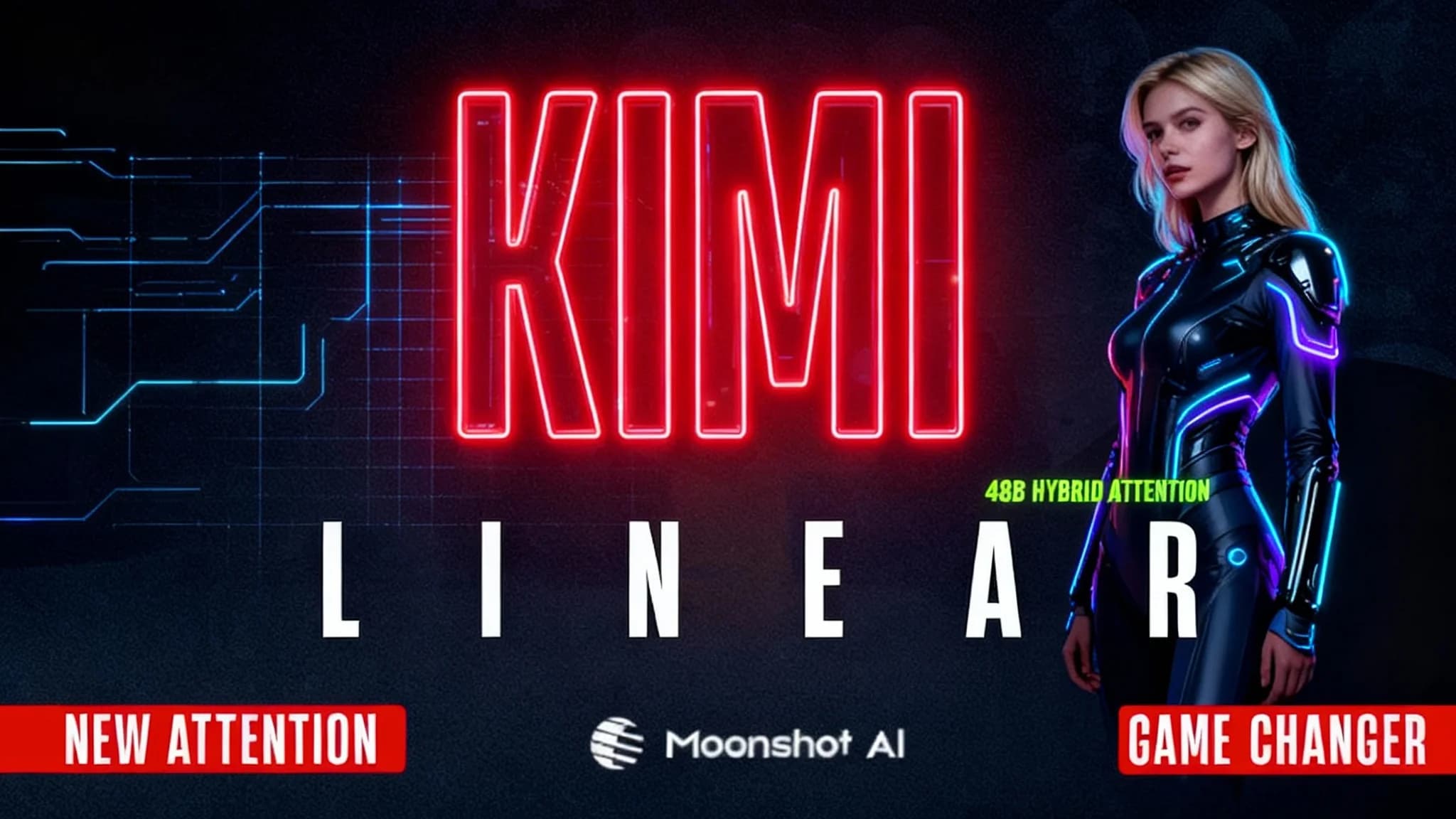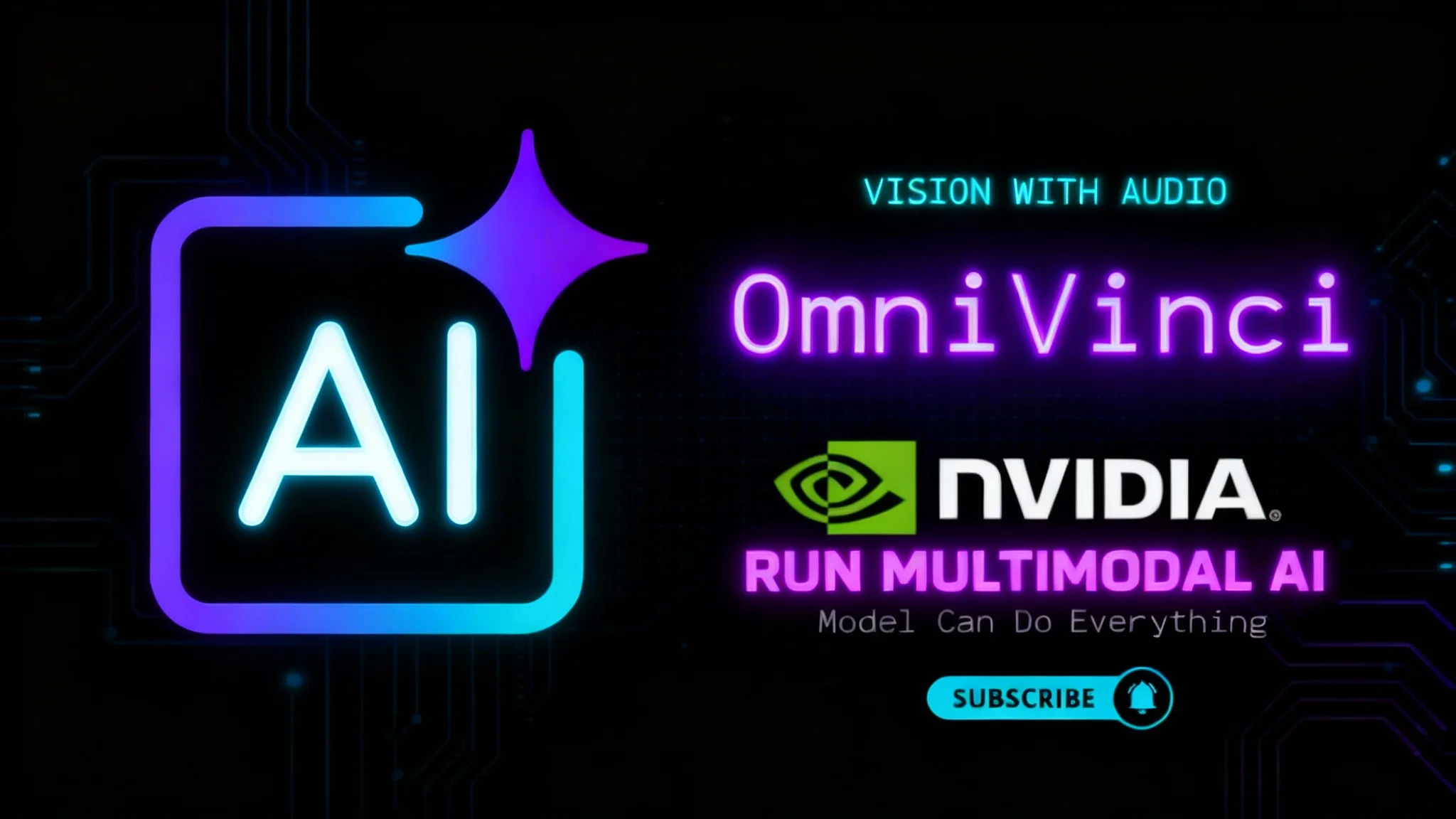SpatialLM: A Powerful Tool for 3D Space Mapping

Table Of Content
- SpatialLM Overview:
- How SpatialLM Works
- Video Analysis and 3D Mapping
- Master SLAM and Point Cloud Encoding
- Large Language Model Integration
- Installation
- Tested Environment
- Steps
- Inference
- Applications of SpatialLM
- Interior Design and Architecture
- Robotics and Intelligent Assistants
- Enhanced Human Interaction
- Running SpatialLM Locally
- GitHub Repository and Installation
- Lightweight Model Options
- Conclusion
SpatialLM is an impressive AI tool that can analyze a video, generate a 3D map of a space, and identify key structural elements such as walls, doors, windows, and furniture. This technology has broad applications, including architecture, interior design, autonomous driving, and surveillance.

SpatialLM Overview:
| Detail | Description |
|---|---|
| Name | SpatialLM |
| GitHub Repository | SpatialLM GitHub Code |
| Project Page | SpatialLM Project Page |
| HuggingFace Demo | Try SpatialLM on Hugging Face |
How SpatialLM Works
Video Analysis and 3D Mapping
SpatialLM processes input videos and creates a 3D point cloud representation of the environment. It identifies and labels various objects within the space, ensuring that the spatial relationships between these objects remain consistent, even as the viewpoint changes. This allows for a precise and accurate structural representation of the environment.

Master SLAM and Point Cloud Encoding
The system relies on a technique called Master SLAM (Simultaneous Localization and Mapping) to generate a 3D point cloud of the video. The point cloud is then compressed using a specialized point cloud encoder, making it more efficient for further processing.
Large Language Model Integration
The compressed data is fed into a large language model, which generates the 3D structural layout of the space. The output can be expressed in multiple formats:
- A detailed structural dataset
- A 2D floor plan
- Industry-standard formats for professional use
Installation
Follow these steps to install SpatialLM:
Tested Environment
- Python 3.11
- Pytorch 2.4.1
- CUDA Version 12.4
Steps
-
Clone the Repository
git clone https://github.com/manycore-research/SpatialLM.git cd SpatialLM -
Create a Conda Environment with CUDA 12.4
conda create -n spatiallm python=3.11 conda activate spatiallm conda install -y nvidia/label/cuda-12.4.0::cuda-toolkit conda-forge::sparsehash -
Install Dependencies with Poetry
pip install poetry && poetry config virtualenvs.create false --local poetry install poe install-torchsparse # Building wheel for torchsparse will take a while
Inference
In the current version of SpatialLM, input point clouds are considered axis-aligned where the z-axis is the up axis. This orientation is crucial for maintaining consistency in spatial understanding and scene interpretation across different datasets and applications. Example preprocessed point clouds, reconstructed from RGB videos using MASt3R-SLAM, are available in SpatialLM-Testset.
Applications of SpatialLM
Interior Design and Architecture
SpatialLM allows architects and designers to quickly map out spaces and optimize layouts. For example, if a user wants to change a bed to a king-size model, the tool detects that the desk and chair will no longer fit and automatically adjusts the layout accordingly.
Robotics and Intelligent Assistants
The technology enables robots to interact intelligently with their surroundings. For instance, a robot can ask, "I just cleaned the kitchen. How do I go to the bedroom to set up the bed?" Using its spatial awareness and floor plan knowledge, SpatialLM can provide step-by-step navigation instructions.
Enhanced Human Interaction
SpatialLM can function as an intelligent assistant capable of answering spatial queries. If a user provides a video of a bedroom, the AI can reconstruct the layout and suggest modifications, making it a valuable tool for both professionals and everyday users.
Running SpatialLM Locally
GitHub Repository and Installation
The developers have made the code publicly available on GitHub, including detailed installation instructions. Users can easily download and run the model on a local machine.
Lightweight Model Options
Two versions of SpatialLM are available:
- Llama (1 billion parameters)
- Quen (0.5 billion parameters)
Both models are lightweight and can be run on a consumer-grade GPU, making them accessible for a wide range of users.
Conclusion
SpatialLM is an incredibly useful tool for various industries, providing real-time 3D space mapping and intelligent spatial awareness. It is used for architecture, interior design, robotics, or human interaction, this AI model offers an efficient way to analyze and interact with physical spaces.
With its open-source availability and ease of installation, SpatialLM has the potential to become a widely adopted tool in multiple fields.
Related Posts
![Character.AI: How to Fix 500 Internal Server Error [Updated]](/_next/image?url=%2Ferror%2Fcharacterai-how-to-fix-500-internal-server-error-updated.webp&w=3840&q=75)
Character.AI: How to Fix 500 Internal Server Error [Updated]
Troubleshooting Character.AI's 500 Internal Server Error: check server status, clear cache/cookies, disable extensions/VPN, and fix connection issues fast.

Kimi Linear by Moonshot AI
Moonshot AI’s Kimi Linear (48B A3B Instruct) introduces a hybrid attention design that makes LLMs faster and more efficient. Learn how it works and why it matters.

NVIDIA OmniVinci: Run Multimodal AI Locally
Learn how to install and run NVIDIA OmniVinci on your PC. We demo its see-read-listen-speak-reason powers and unpack core ideas like Omni-AlignNet.
